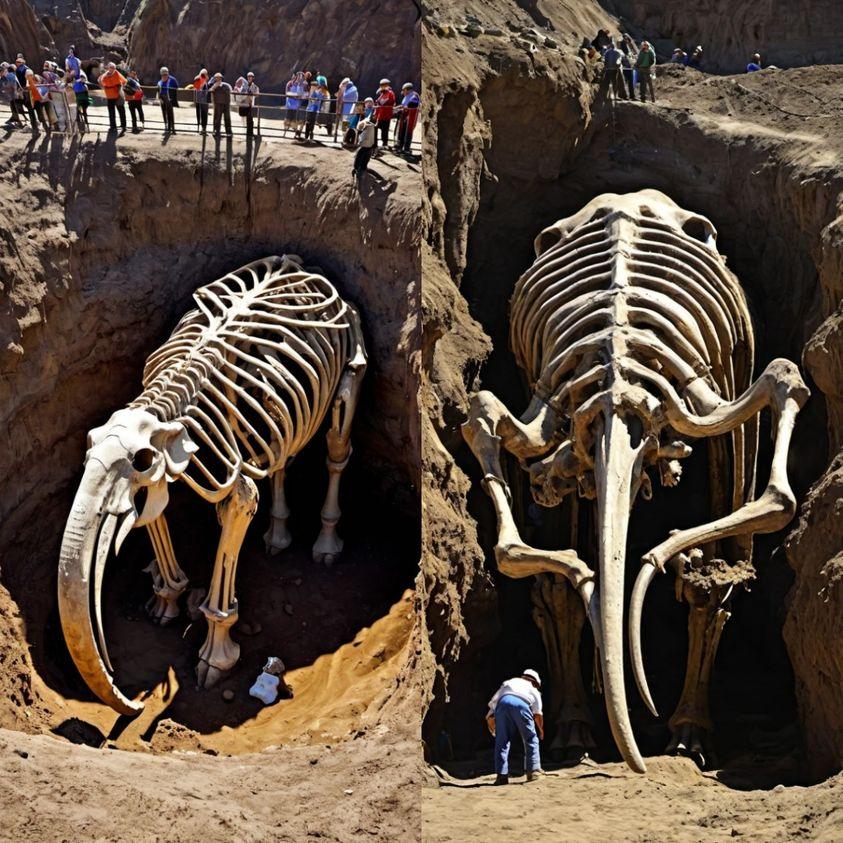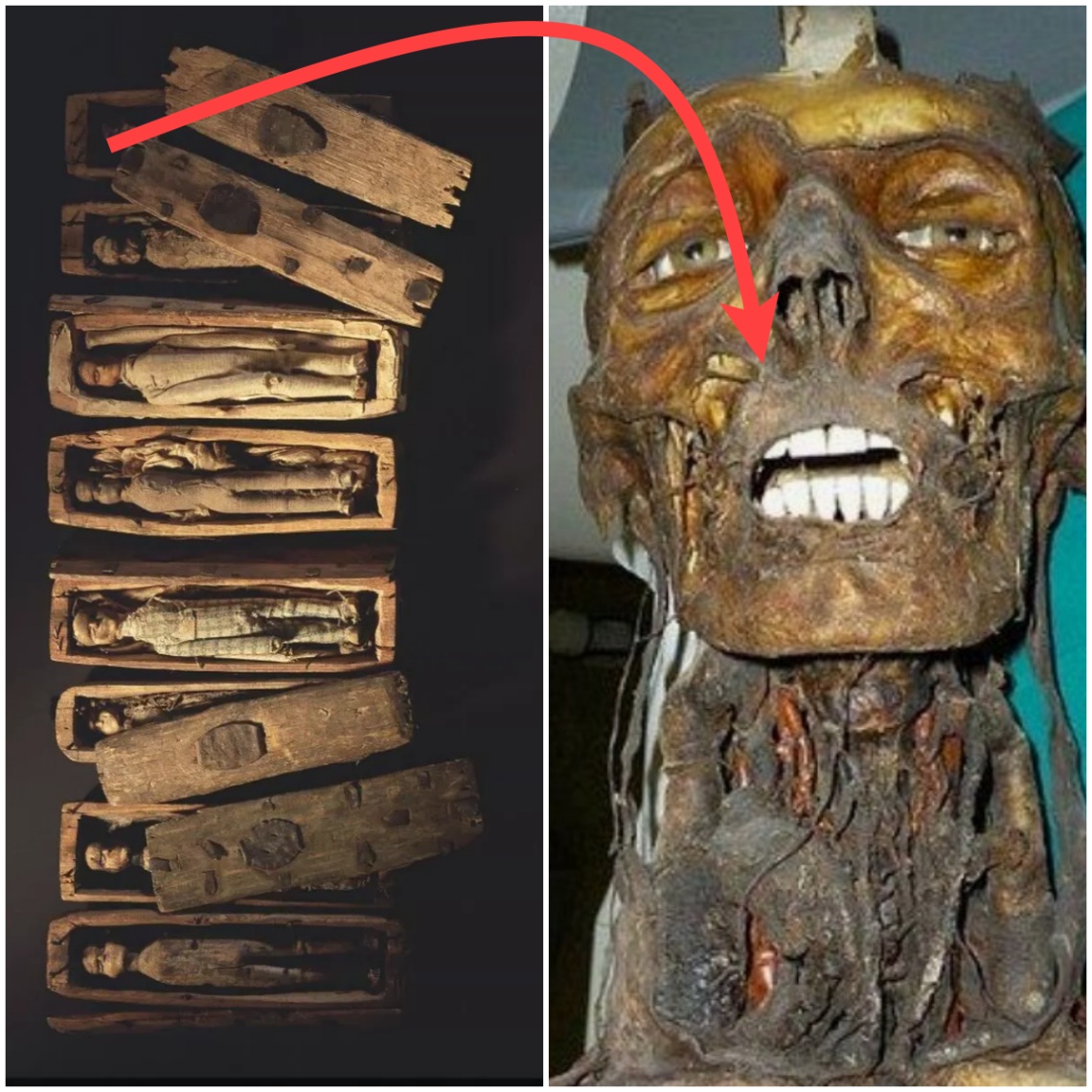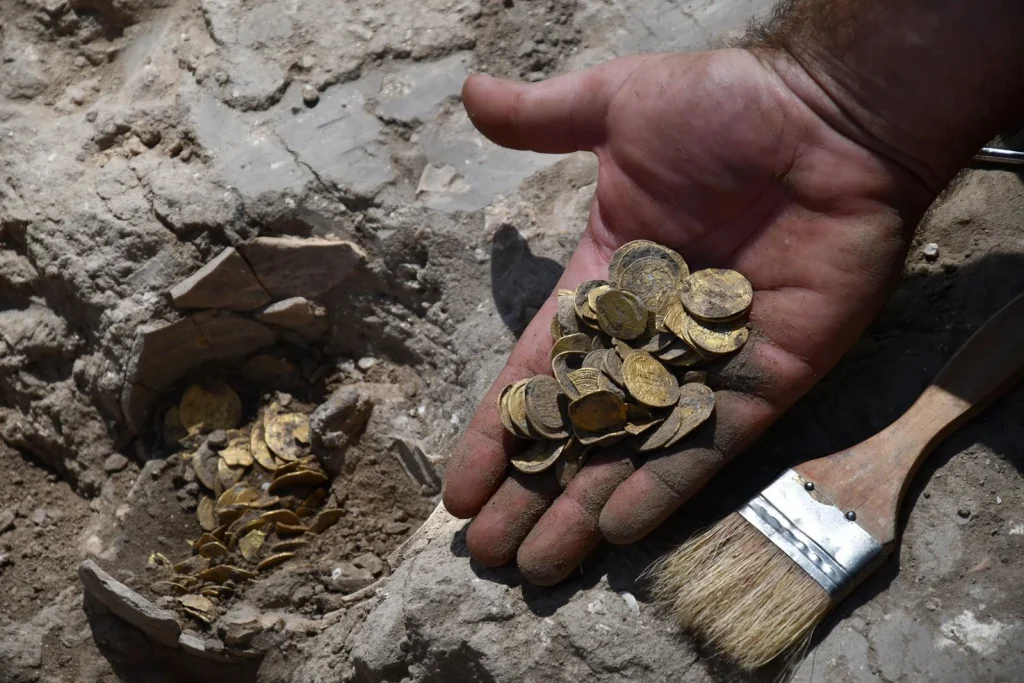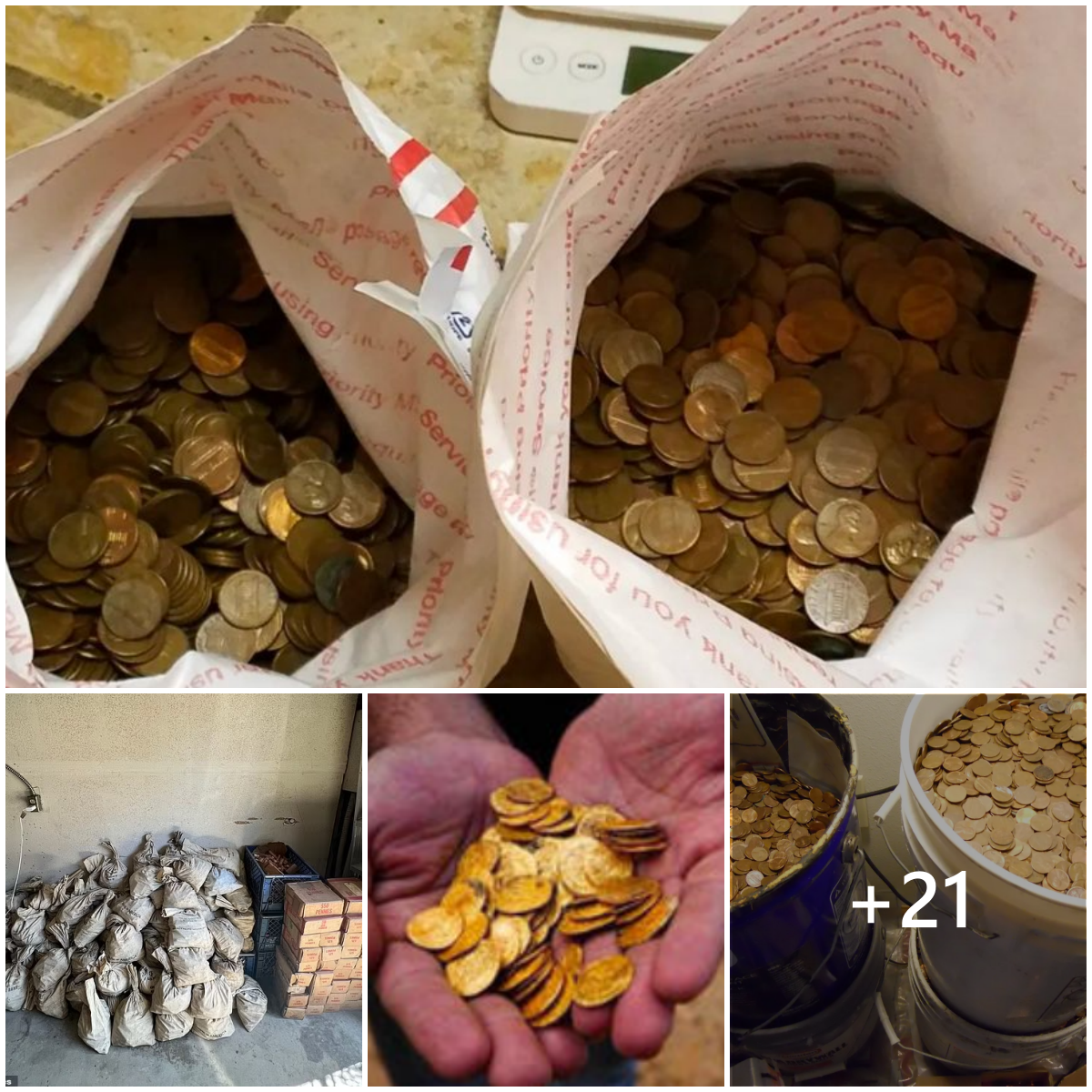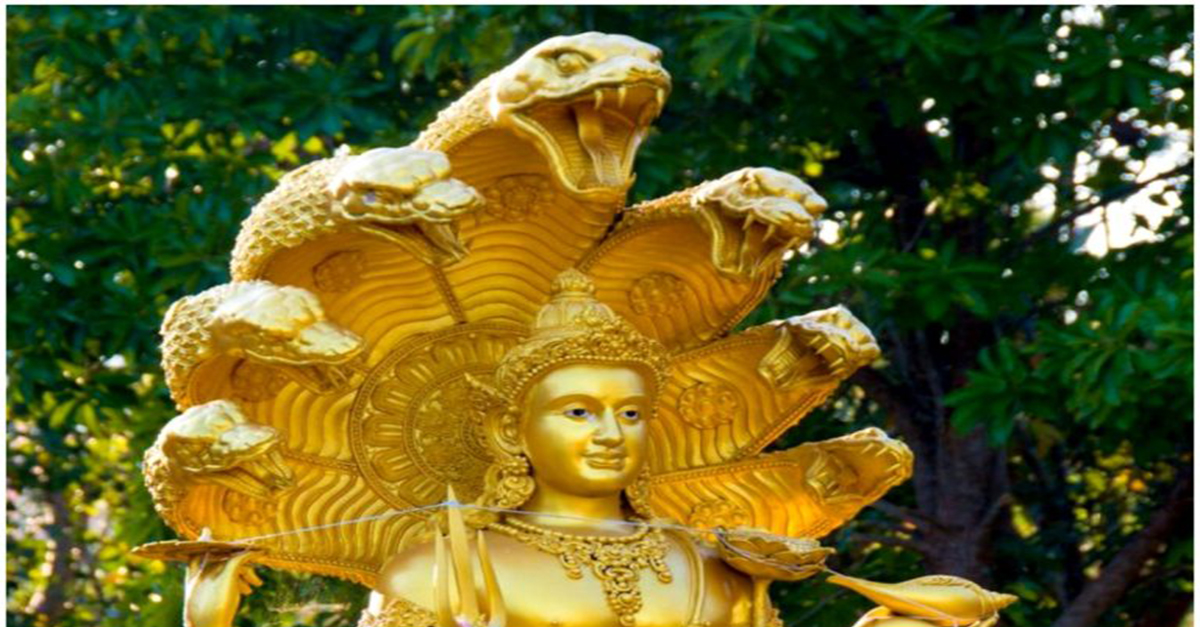This is a rock on Suhail Island in Aswan, inscribed with a story written during the reign of Ptolemy V (2200 years ago).
The tale tells the story of the famine that occurred during the reign of King Djoser (4,600 years ago), and how he approached the idol Khnum and made offerings to him, and as a result the Nile overflowed!!

Metawh1January 31, 2023
Starvation
This is a rock on Suhail Island in Aswan, inscribed with a story written during the reign of Ptolemy V (2200 years ago).
The tale tells the story of the famine that occurred during the reign of King Djoser (4,600 years ago), and how he approached the idol Khnum and made offerings to him, and as a result the Nile overflowed!!

|
this photo refers to the starvation |
In it, Djoser says, among other things: “My heart is burdened with worries. The flood of the Nile has not arrived on time for seven years. Grains are scarce, grain has dried up, and food is scarce.”
People’s income decreased People’s income decreased and decreased.Everyone was so exhausted that they could not move..
In short, sorrow has pervaded the whole existence!! The story may be true and took place during the reign of Djoser, and Ptolemy V may have fabricated it for political reasons. Or maybe priests made it up for religious reasons.
The deity Khnum is one of the main deities in ancient Egypt, and he was responsible for many tasks according to the ancient Egyptian belief, including:
That it was Yahweh the creator who creates the child on his pottery wheel.Including his responsibility for fertility.They also considered him one of those responsible for (the Nile flood) and they used to perform annual sacrifices at his temple to fetch water during the drought period.According to ancient Egyptian mythology, Khnum responded their immediate calls from his prayers.
It is known that the lack of flooding of the Nile River, and the predominance of drought, greatly affect agriculture, and lead to a shortage of agricultural crops, lack of food, and the emergence of famine .. This happened repeatedly in the history of Egypt.
The farmer and the cow
The “cow” seems to be one of the animals that received great attention in ancient religions and civilizations. Even the Abrahamic religions have holiness, as it is the name of the largest surah of the Noble Qur’an, and its appearance is a major sign of the end of the world for the Jews.
 |
| a new cow is born |
The god Hathor was symbolized by the cow, and it is considered the goddess of the sky, love, beauty, motherhood, happiness, music, and fertility. It was named in the past by the name of Bat and was found on the Narmer Board.
The ancient Egyptian did not leave any aspect of his life without working to document it.Either through writing on papyrus sheets or inscriptions on the walls of temples and tombs, or through sculpture;prominent, or recessed.
This is a very impressive painting, a painting showing a peasant helping a cow during childbirth.
This painting, which dates back to the era of the Twenty-Eighth Dynasty (404-398 BC), is found in the cemetery of (Ptosiris) in the Ashmoneans, in Tuna al-Jabal, in the center of Mallawi, in Minya governorate, which is the area that the Greeks called (Hermopolis Magna). In Tuna El-Gebel, Minya.
uptousers; is the high priest in Tuna El-Gebel during the reign of the Twenty-Eighth Dynasty, and he was a priest of the deity (Thoth), the Lord of Wisdom in ancient Egypt, and the deity of the region.
